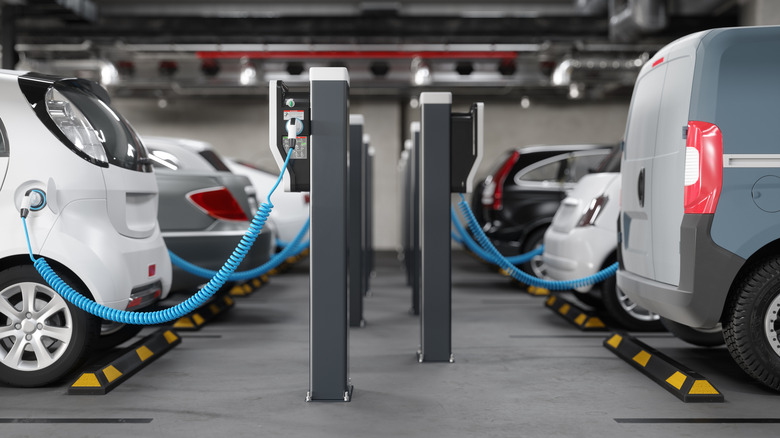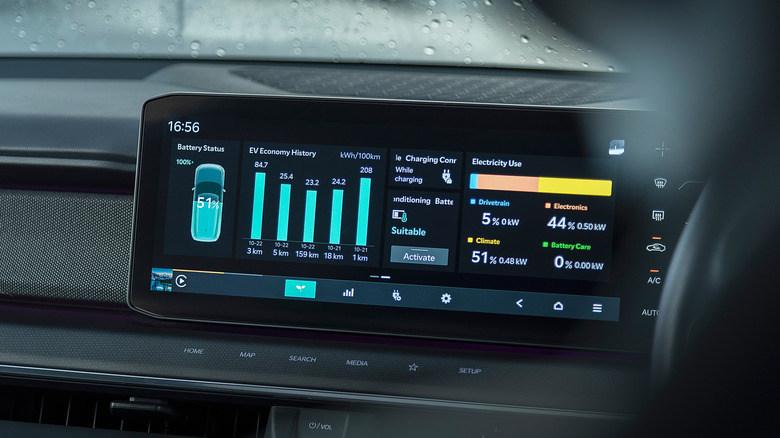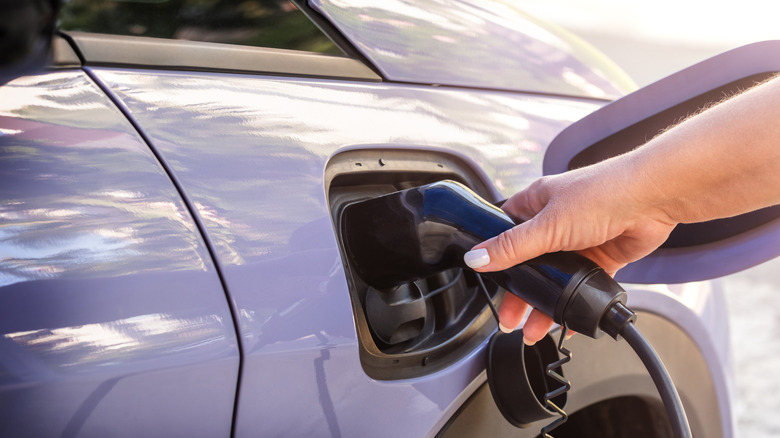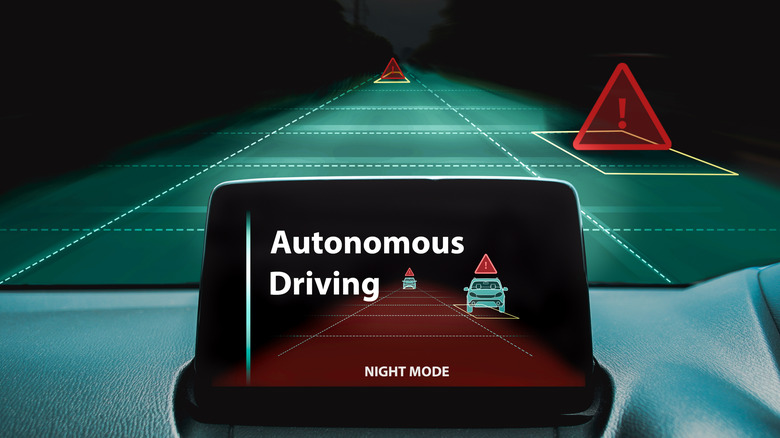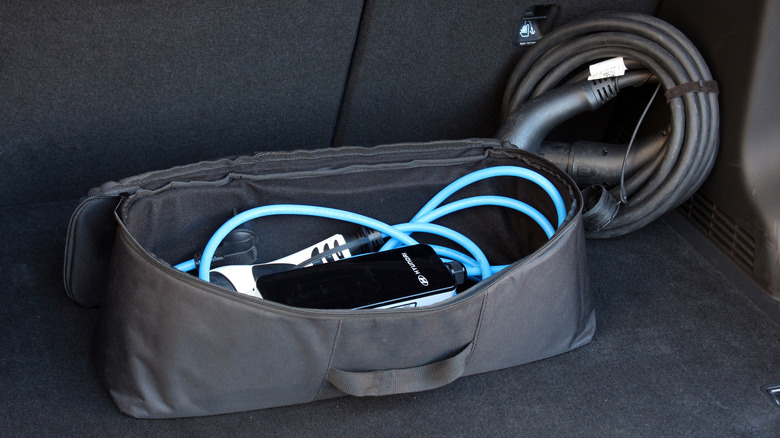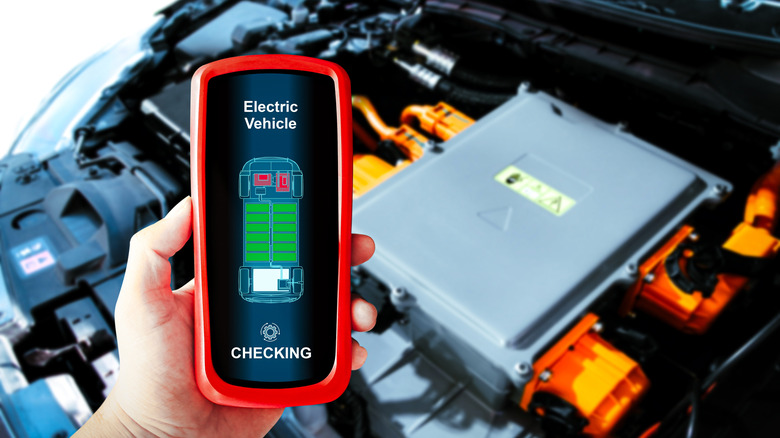5 Things To Check Before Buying A Used EV
Whether you are buying from your local dealer or Amazon, picking up a used car is quite a task. Although buying a used car saves you a lot of money, you can't just pick the one that looks good. There are several things you need to inspect to ensure that you are buying, if not the best car, the one with the least amount of issues. While picking a used gasoline car is quite common, there is always a gloomy cloud surrounding the purchase of a used EV. It can be a bit intimidating, especially if you've never owned an EV. This is because, unlike gasoline or diesel cars, purchasing a used EV requires a different type of thinking.
Since the battery is the heart of an EV car, it should be in good conditions. Then there are several other things, such as whether the car was part of a fleet, or if it had a battery replacement. If so, what's the remaining battery warranty? Brands like Tesla, Rivian, and more brought EVs to the mainstream, with a promise that they are better for the environment. The Environmental Protection Agency has busted a few myths surrounding EVs, such as the idea that they aren't reliable, that they don't have a good range, and other things that put them in a bad light against gasoline cars.
All in all, EVs have benefits, but they also come with certain challenges in the long run. It doesn't matter if you are purchasing a used EV for the betterment of the environment, to save money, or anything else; These are five important things you should check before buying a used EV.
Check the battery life
Similar to a mobile phone or a laptop, the battery of an EV is of profound importance. The battery starts to degrade even if it hasn't been used, but daily driving and charging accelerate the process. According to a report by the U.S. Department of Energy, most electric car manufacturers offer warranties of up to eight years on the battery, or 100,000 miles. However, according to research conducted by Geotab, analyzing 10,000 EVs, the batteries can last up to 15 to 20 years, with an average annual degradation of 1.8%.
Batteries also degrade in hot climatic conditions, so you should always ask the seller about the battery health report. You can also cross-check the battery health by charging the used EV to 100% and then seeing what the estimated range says, and comparing that with the original range of the same (but new) car. It should be noted that while you won't get 100% battery health on a used EV (for obvious reasons), you should aim for a vehicle that offers something around 80% or more of its original capacity, which is generally considered acceptable by most EV makers.
Some cars offer the option to check the battery condition right from the infotainment system. As a rule of thumb, make sure that the EV has some battery warranty left; Otherwise, you will end up paying close to the cost of that used car for a new battery.
Check how much of the expected range is left
Electric cars are known for their efficiency and long-term value compared to gasoline cars. But when buying a used one, the expected range on a full charge becomes a key factor. Previously, electric cars could only hit 100 miles on a full charge, but now, thanks to new battery technologies, an EV can hit over 400 miles — the Lucid Air even goes as far as 749 miles on a single charge. Always compare the car's current expected range with the manufacturer's original figure for the new model.
A battery degrades over time because of various factors such as driving habits, charging cycles, climate, and more, which also impact the range. A 2% range drop is acceptable, but more than that can indicate poor battery health. You should also consider your driving needs, meaning how much you will be driving the EV — most people drive less than 40 miles a day, according to the U.S. Department of Transportation. You should also consider whether your area has good charging infrastructure or not.
If you travel a lot, you should stay away from the EV models that offer the worst range, like the Fiat 500e.
Ensure EV-specific features work
There are a lot of electrical and non-electrical features that are specific to modern EVs. For instance, you will get front boot space, which Tesla calls "Frunk" on most EVs. Make sure that, if the front boot has a powered gate, it works. EVs have a lot of space for USB ports, so make sure that all of them work. EVs also come with different modes that can be switched on or off using a dedicated button or knob. Ensure that the features are functional, and also make sure that you feel the change when you switch between modes.
If the EV has a remote parking or autopilot feature, like the one you'd find on a Tesla, make sure that it works without malfunctioning. You can either test it yourself or ask the dealer to give you a demonstration. If the used EV you are interested in comes with remote start and stop, then try to use the feature and ensure that it works, too.
There are multiple EV models, such as the ones from BYD, Kia, Nissan, and Ford, that come with a unique feature called bidirectional charging. What this does is it allows you to charge your smartphones, laptops, and small electrical appliances using the EV's battery. You should check that this feature works. Also, if the EV comes with adjustable regenerative braking, then you should test this, too.
Check that all charging accessories are present
Once you have inspected the batteries, range, and all other mechanical things about the used EV you are interested in, you move to the final step: checking for all charging accessories. When buying a used EV, it's important to check if the seller is providing the genuine accessories that came with the car or not. Most EVs come with a regular charging cable that plugs into a regular household outlet and lets you charge your car at Level 1 (with output between 1.3 kW and 2.4 kW).
However, some models also come with Level 2 charging cables that require a dedicated wall unit. Whatever it is, make sure that they are provided, as purchasing them new can cost you a good amount of money. You should also ask the seller if the portable charging brick is available and working. It should be in good condition, as it allows you to convert power flow and allows charging the EV safely from standard outlets.
Look for any visible wear and tear on the cables. A damaged cord not only affects the charging speed but could also pose a safety risk. The EV should also have the charging port cap or cover intact, as it is meant to prevent moisture and dust from getting in.
Review the EV's service history
One of the biggest advantages of owning an EV is that it has fewer moving parts than an internal combustion engine car. This not only makes them reliable, but also reduces the cost of servicing significantly. A typical EV service involves a series of checks to ensure that every sensor, battery, brake, and other components are working properly. It may also involve software updates, filter changes, and general inspection. Because of this, some owners think that EVs don't require servicing and skip maintenance for several years.
Though a routine servicing is not essential on an EV, it is important to follow the manufacturer's service guidelines. Tire rotations and alignments are necessary, and they should be checked often to ensure long-term performance and safety. You should ask the dealer for the service history to ensure that the car was properly maintained and see which parts were changed, if any. Some manufacturers ask the EV owners to come in for regular servicing annually, which in most cases is a revenue-generating scheme for their dealerships.
Having regular service documentation is essential, especially for someone who is planning to sell the car in the near or distant future.
